An Interview with Shoemaker Karol Stanios
2September 25, 2021 by Ville Raivio
VR: Your age and occupation?
Products from Pukimo Raivio
Ralph Lauren, Black Label suit, size 52EU
KS: I’m 36 and I run a workshop in Krakow, where one can order bespoke handmade shoes crafted solely by me.
VR: Your educational background?
KS: If I were to do a job connected with my educational background, I would be a car mechanic now. I have never worked in this profession, though, as I got into the hobby of shoemaking, which then became my chosen job.
VR: Have you any children or spouse (and how do they relate to your shoe enthusiasm)? How about your parent’s and siblings’ reactions back when you decided to become a shoemaker?
KS: I’ve got a lovely wife, Monika. It’s because of her that I still do this job. My wife is always there for me, she supports my decisions and believes in me when I’m too critical of my work. When it comes to the rest of my family, making traditional, hand made shoes is such an unusual activity that it took some time for my loved ones to get used to it. However, now, when they praise my achievements, it is truly rewarding.
VR: What other hobbies or passions do you have besides footwear?
KS: Besides spending hours designing and crafting footwear, I try to find some time for cardboard modelling of Japanese fleet, and also road cycling. Shoemaking and cardboard modelling have something in common: unique shapes, impeccable proportions and a high degree of workmanship. Still, it’s easier to find time for road cycling than modelling since I go to work by bike almost every day.
VR: How did you first become interested in shoes, and when did you turn your eyes towards artisanal shoemaking? Why classic models instead of fashion?
KS: It started with a Slavic re-enactment group. Back then, we didn’t have any shops that would supply craft products and replicas of items from a chosen time period. Consequently, we had no other choice but to simply make everything by hand, including shoes. With every pair, my skills got better and better and there was this hunger for knowledge, so I read every book on shoe design that could be found. I got hooked and began to make replicas of more complex, and therefore more interesting, footwear from various periods and eventually also modern shoes. I strongly believe it was that path which lead me to choose classical, elegant footwear as my field. Natural materials, leather uppers and hand-sewn soles, that’s the traditional way of making shoes, and we should cherish tradition, shouldn’t we? Also, the methods of making elegant footwear are more precise, detail-oriented and that’s an asset. Such intricate craftsmanship gives me a good degree of job satisfaction and a lot of opportunities to grow.
VR: How have you gathered your knowledge of the craft — from books, in-house training, workshops or somewhere else?
KS: It took me 8 years and, in fact, I am constantly learning. The difference is that now it’s about little details and not making milestones, as it used to be. In the beginning, I was learning from old books on shoemaking, and then I spent hours and hours looking for more details on the Internet. I gained practical knowledge on my own, without apprenticeship. In retrospect, I feel that it took longer than it could have but this way was quite good too. Thanks to that, I have developed my own style.
VR: How would you describe the “House Style” of Stanios shoes?
KS: What I love about shoes are finesse, neatness and elegance, and that is why I make shoes with a fiddleback waist. It makes them look unique, weightless and sleek. That is the essence of my style. Moreover, the shape of a heel, cut diagonally, beautifully harmonizes with the fiddleback waist. Finally, shoes made in my workshop are easily recognizable for their very good fit and they look as good on a foot as they do on a last.
VR: Do you have a favourite shoe model (eg. monk, derby, oxford, balmoral boot) and leather type?
KS: Two models of shoes are my favourites, the first one is a full brogue oxford in cognac shade and the second is a seamless oxford wholecut. With wholecut shoes, the colour is not that important since it’s all about the shape of the shoe which is not disrupted by anything, so the main focus is the shape itself. Apart from favourite models, what should be mentioned is leather. I enjoy working on the best materials, so I choose d’Annonay, Weinheimer, Zonta, Horween, Rendenach, and Baker. Thanks to them, each pair of shoes looks luxurious.
VR: There are several fine shoemakers in Poland — why should my readers try you?
KS: I reckon it’s good to have footwear from various workshops. Every shoemaker has their own style, their own way of conveying classic beauty and elegance. What’s more, I believe both the shoemaker and the customer can benefit from sharing their previous experience as then the most beautiful and unique footwear can be created.
My style is different from most European studios. It took me many years to refine a fiddleback waist, which I consider to be the biggest asset of the shoes made in my workshop. On top of that, they are made entirely by me, so I design them, make shoe lasts, sew the uppers, form leather heels, and then put everything together to make a shoe. When a client places an order, they can be sure that it is made solely by an experienced shoemaker, who has spent hours of painstaking work on their unique pair of shoes.
VR: What is your definition of a well-made shoe?
KS: When it comes to the structure, all the parts that are not visible once the shoe is ready, so a well-made insole, proper heel counter, and a well-balanced centre of gravity are the most important aspects. On the other hand, from a visual point of view, I can say that shoes are well-made if, after a long while, I see a client wearing them and I still like them. Thanks to such moments, I know that it was worth devoting those hours and demanding more of myself.
VR: Who or what inspires you?
KS: I’ve mentioned one word a few times in this interview and it’s ‘shape’. Mastering it, following the lines that complement each other, forming refined curves, that’s what drives me every day.
VR: Finally, would you say that Polish shoemakers have a style of their own, or is the work close to German or British shoemaking?
KS: Polish craftsmanship draws from the same sources as Austrian or English ones, so their work may seem similar. However, as I said before, each studio has its own style that a trained eye can easily notice.
Category Cordwainers, Interviews | Tags:

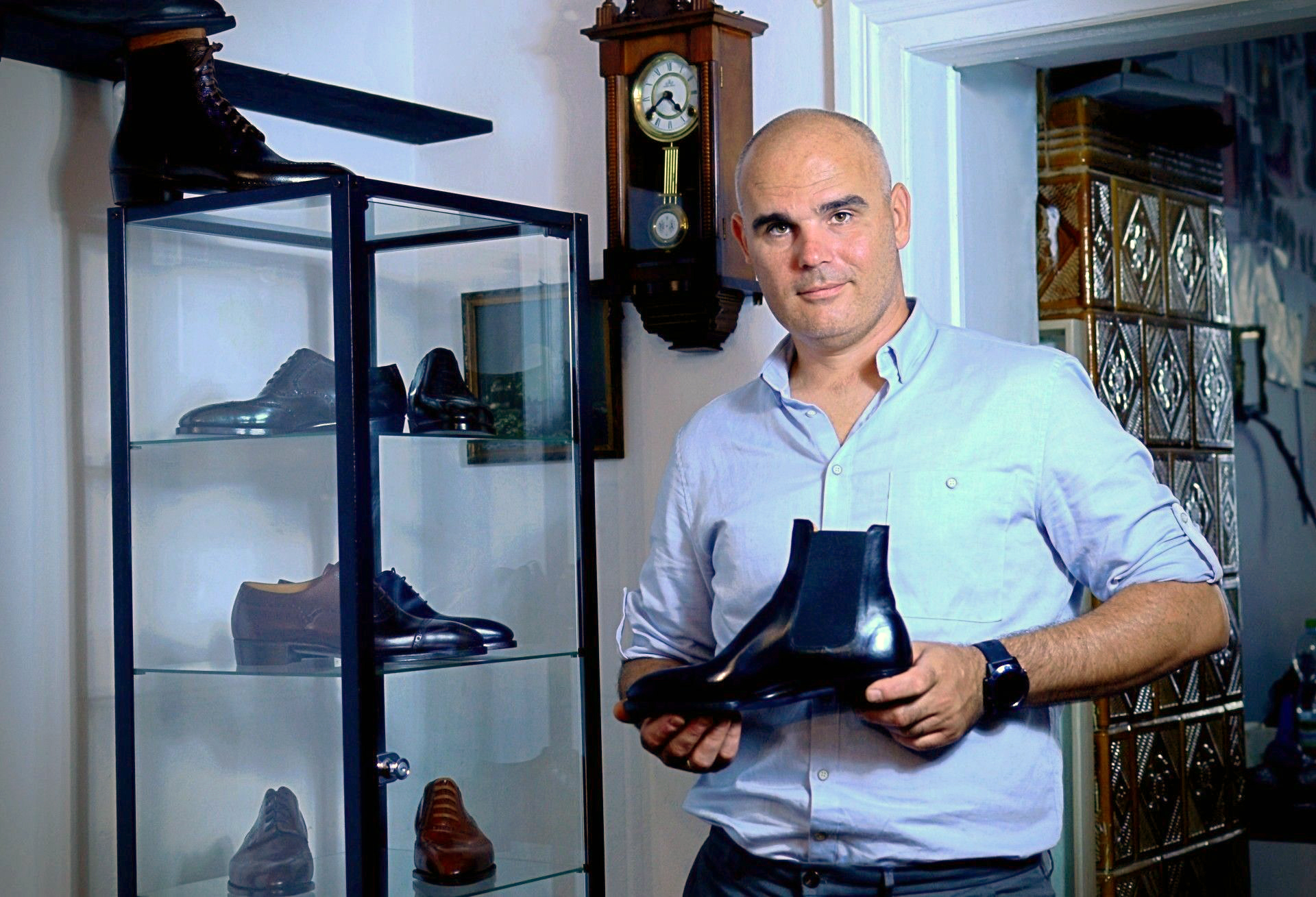
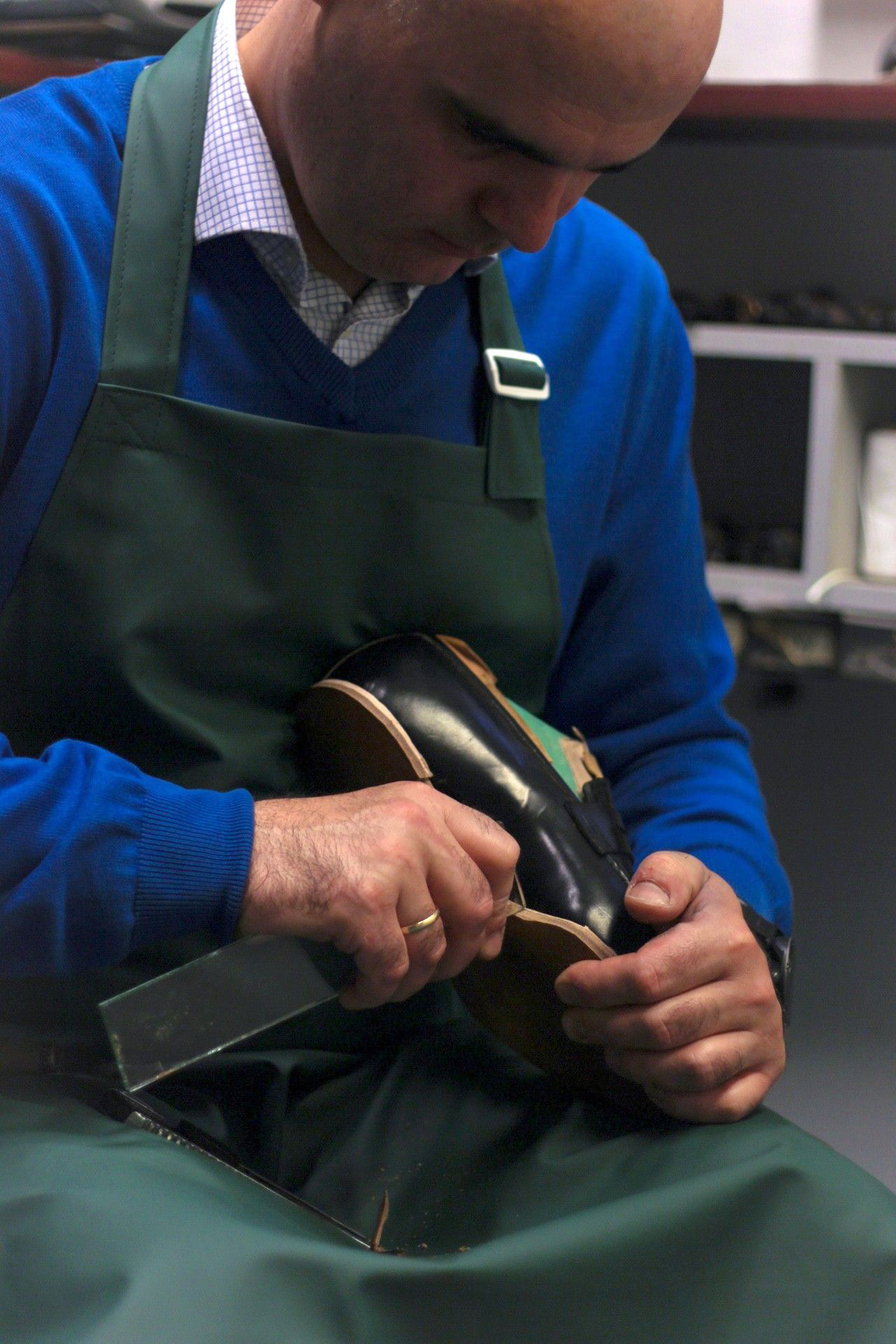
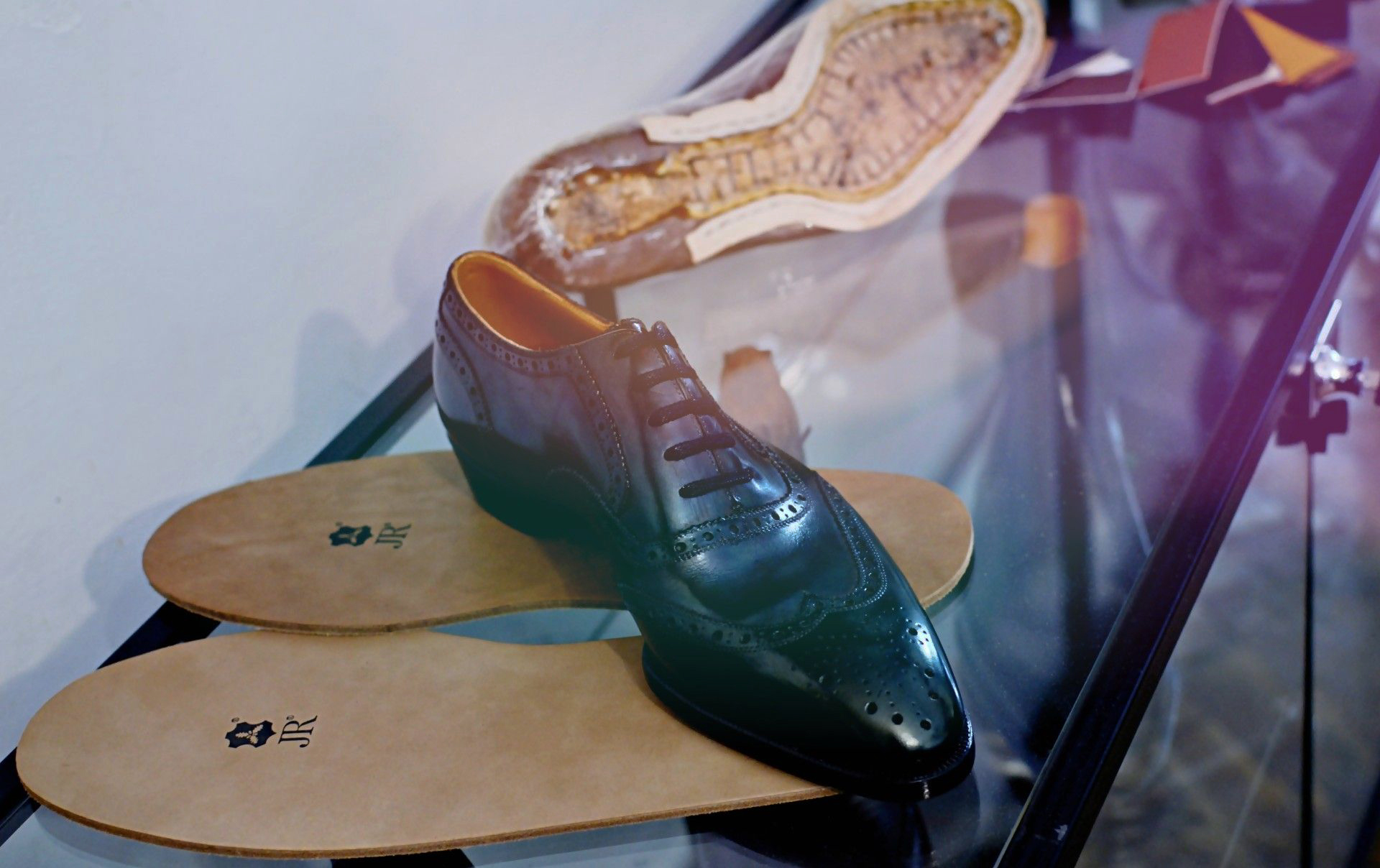
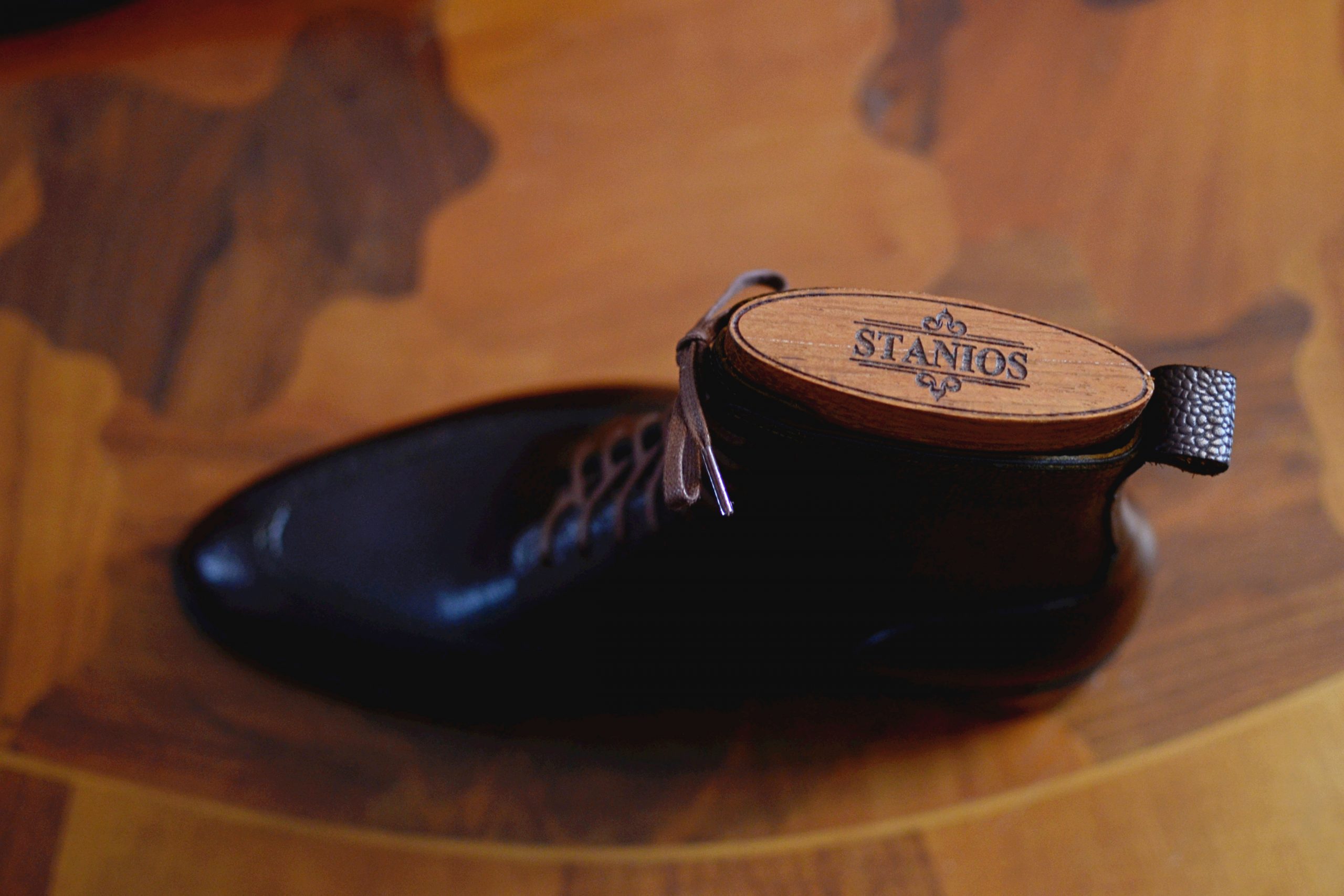
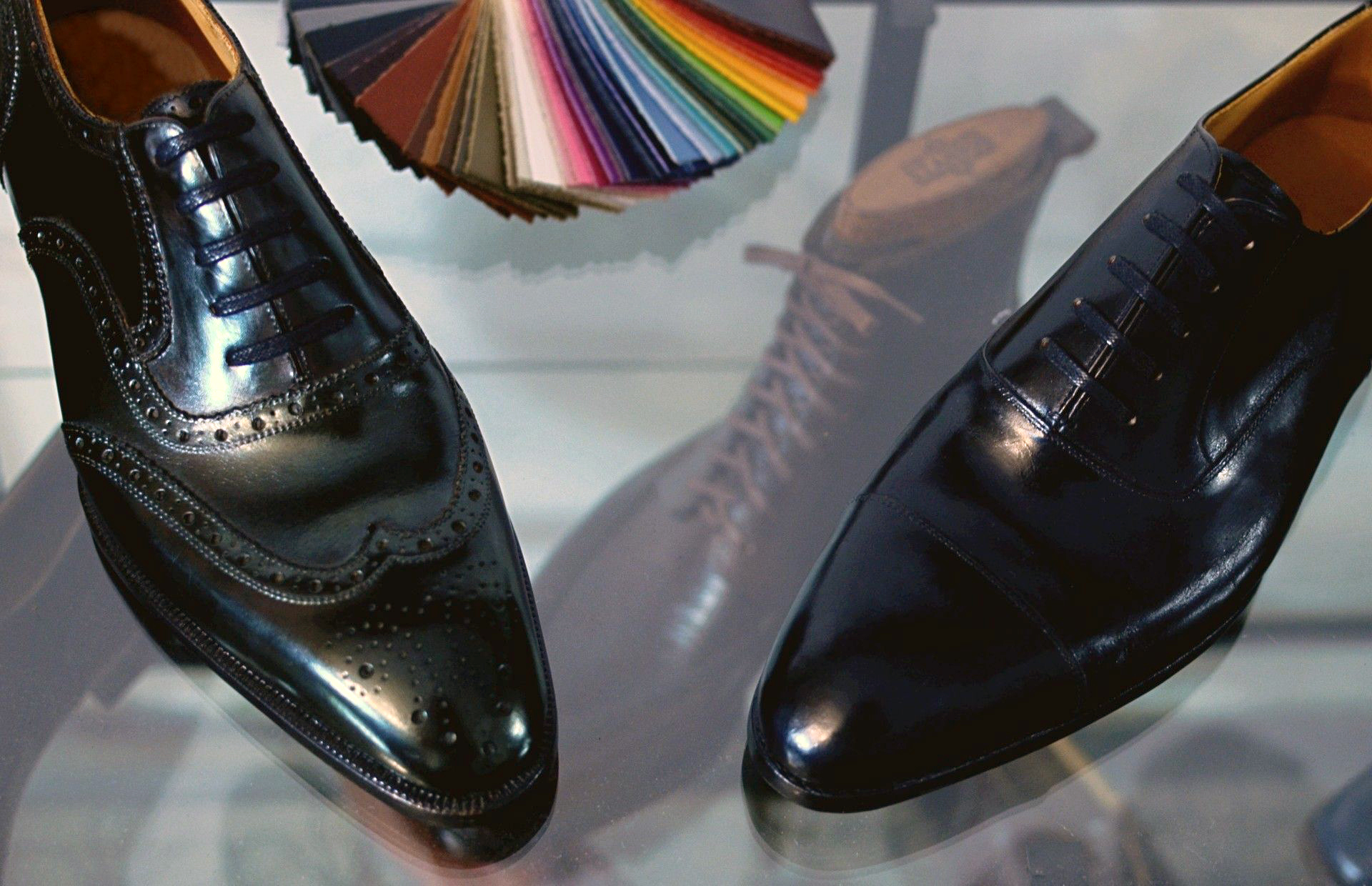
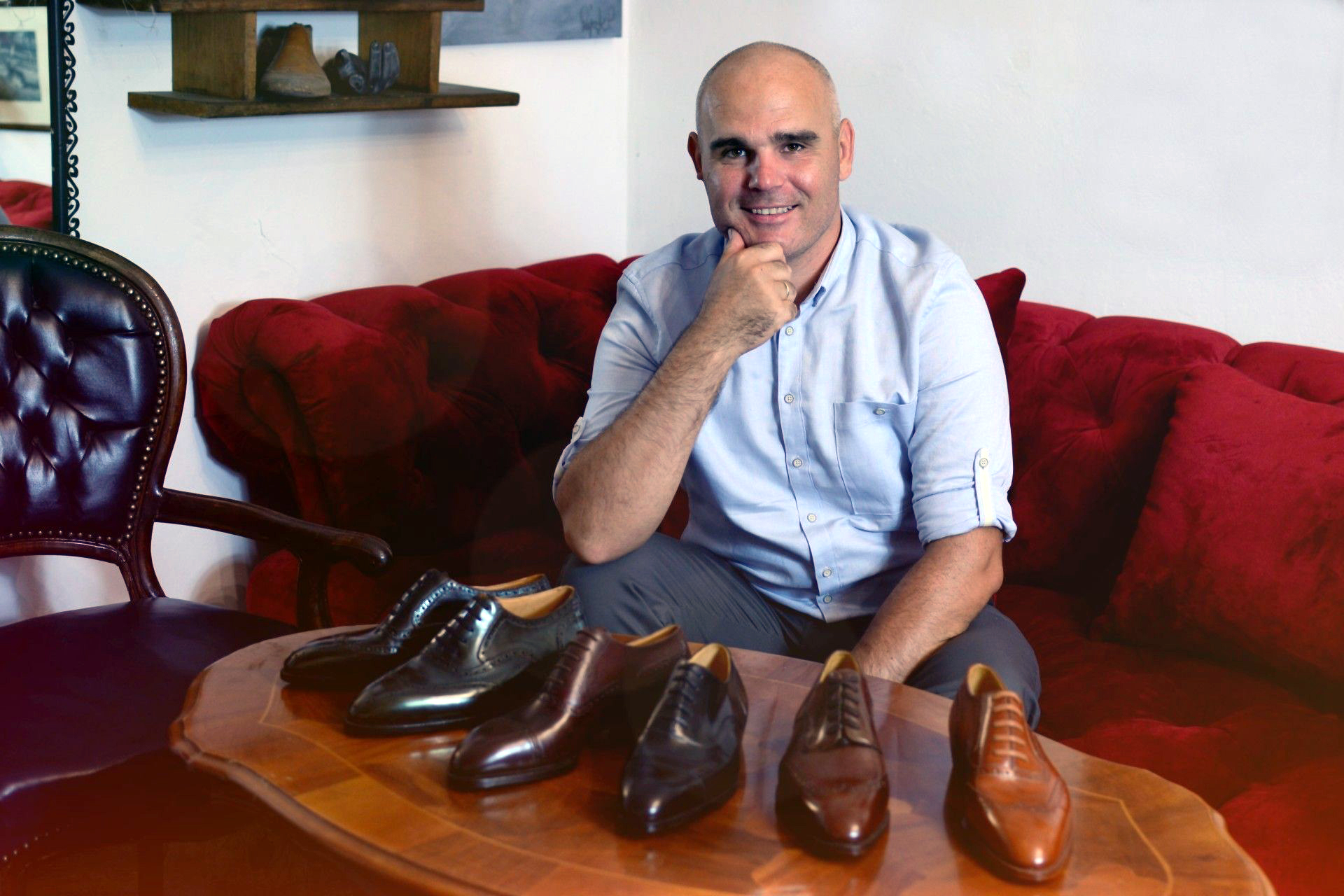
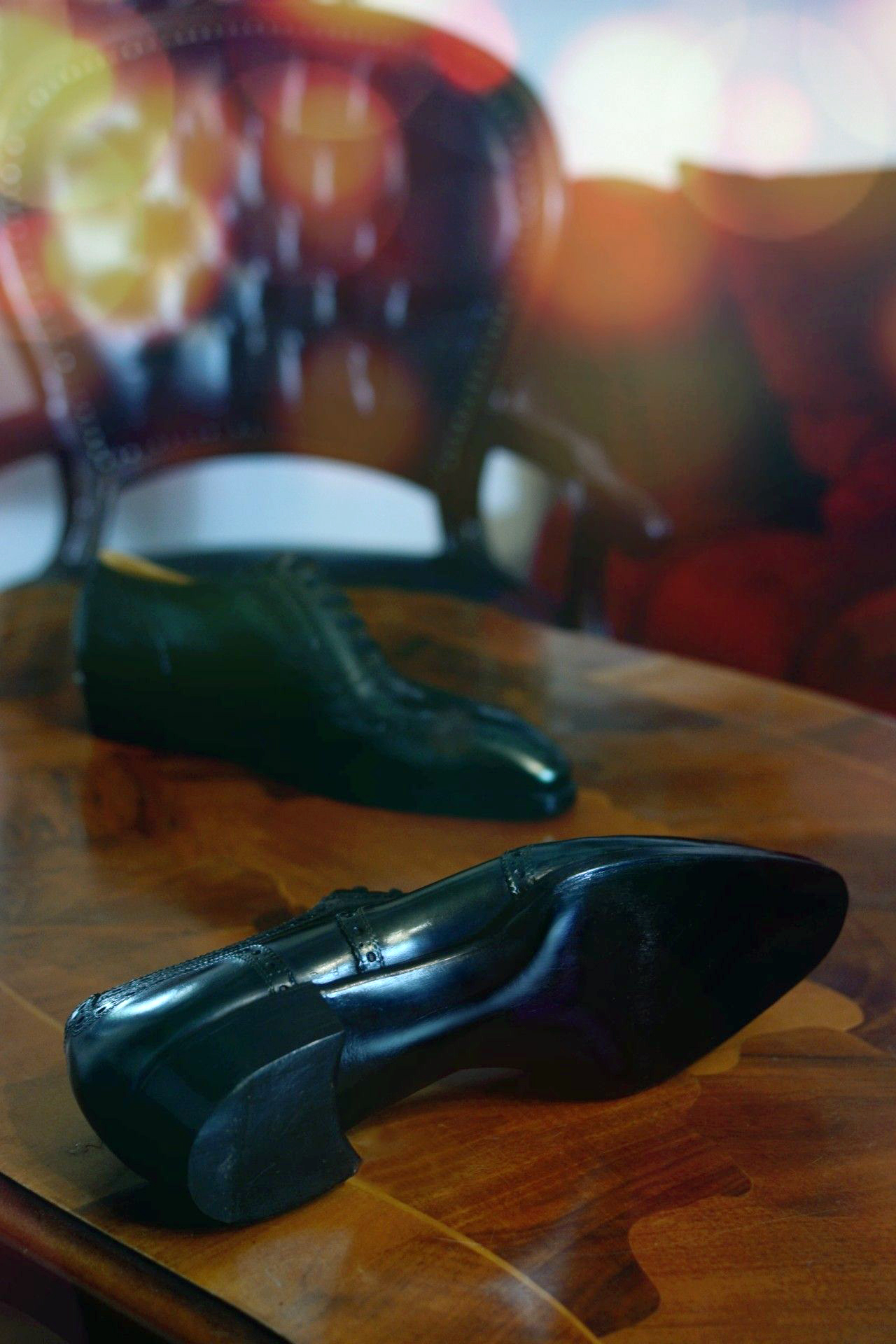
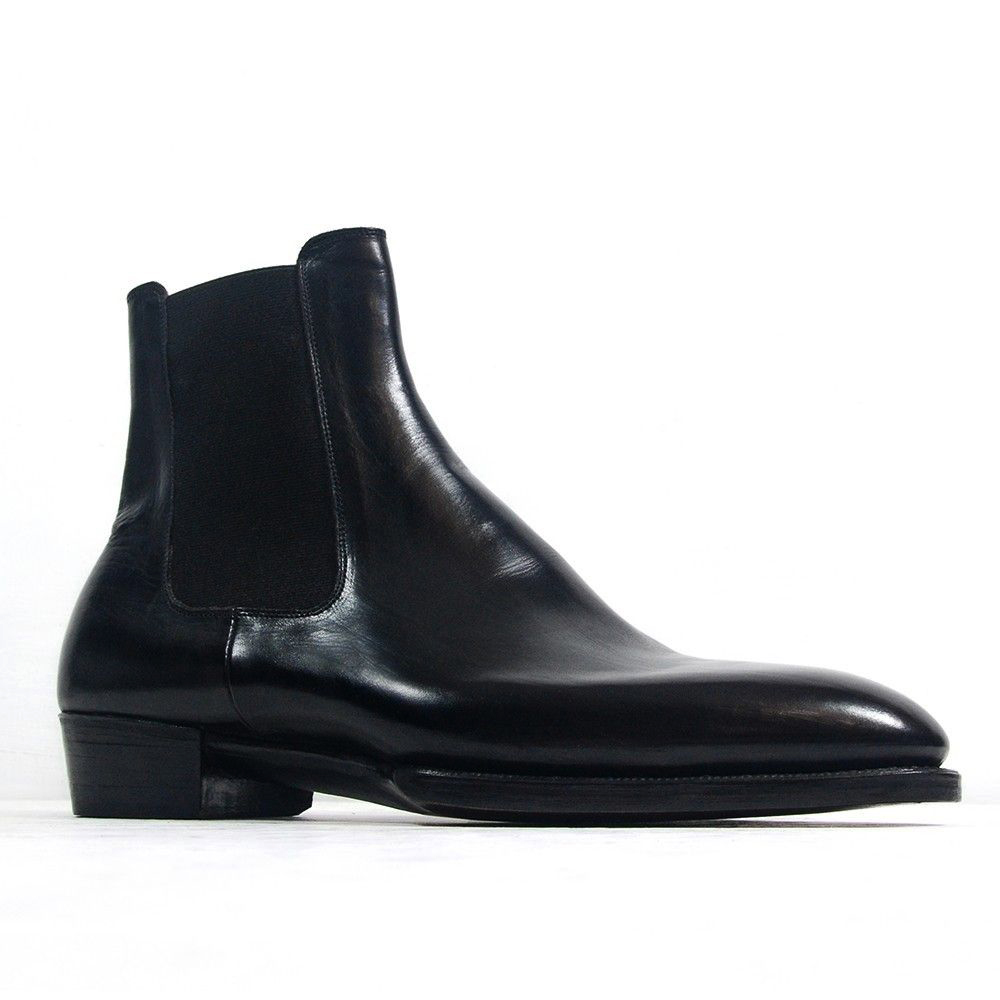
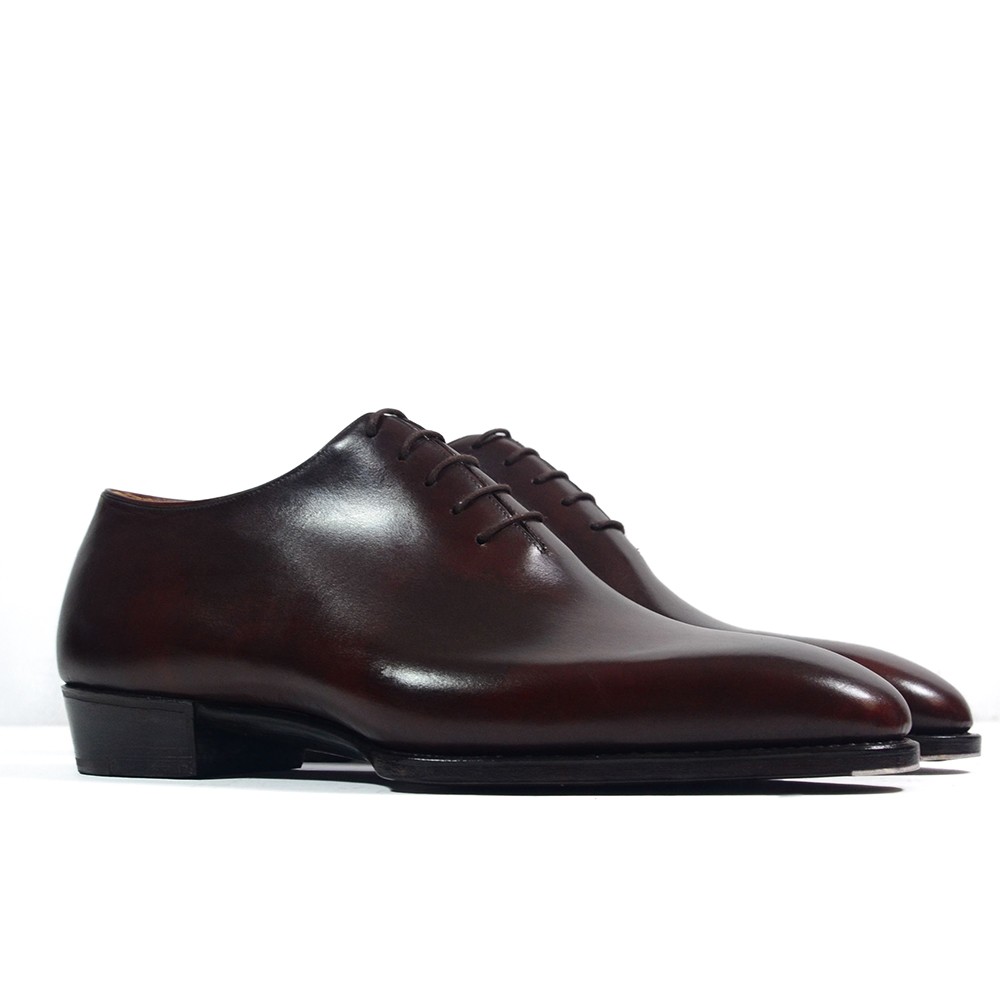
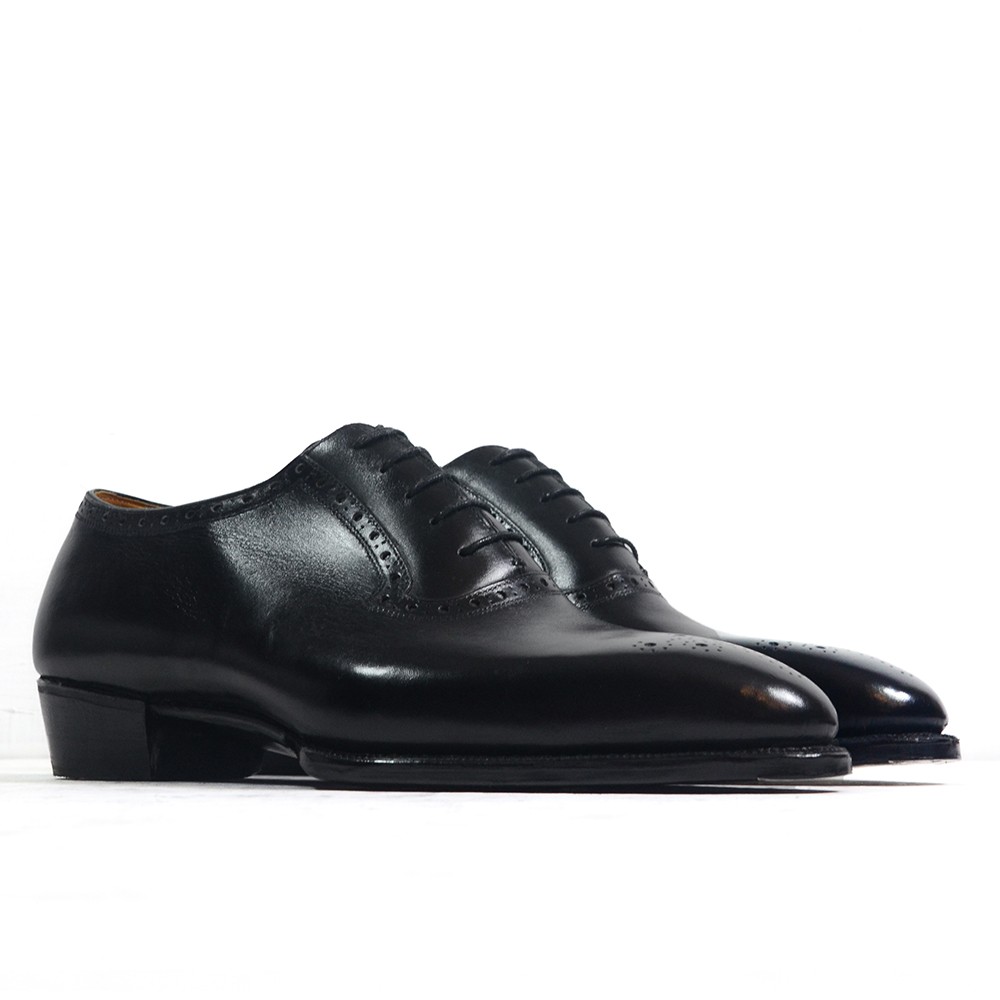

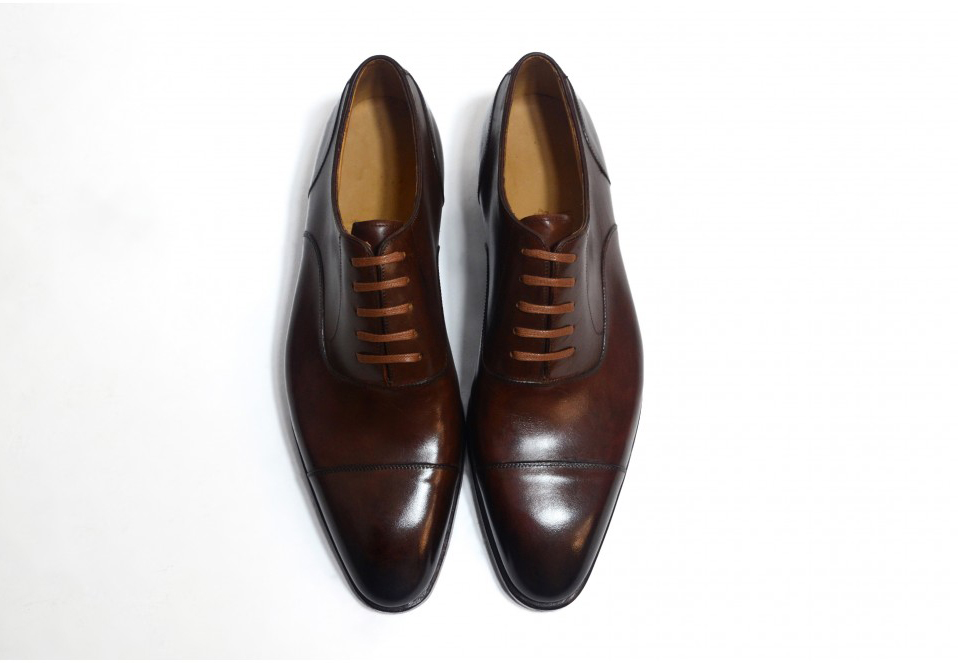
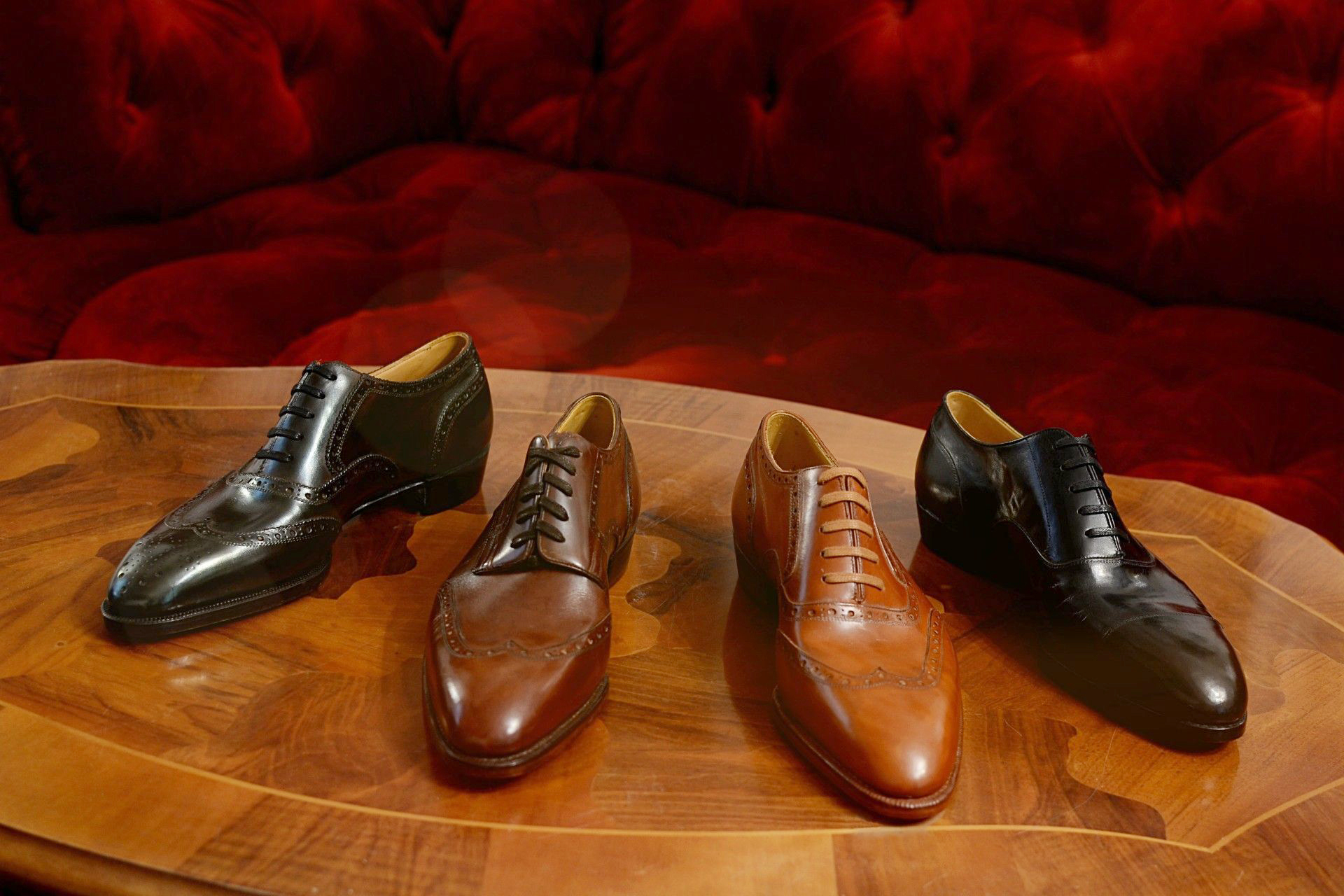


You’re welcome! Few have – and hopefully this post changes things.
Thanks for the interesting read.
Haven’t heard of him before